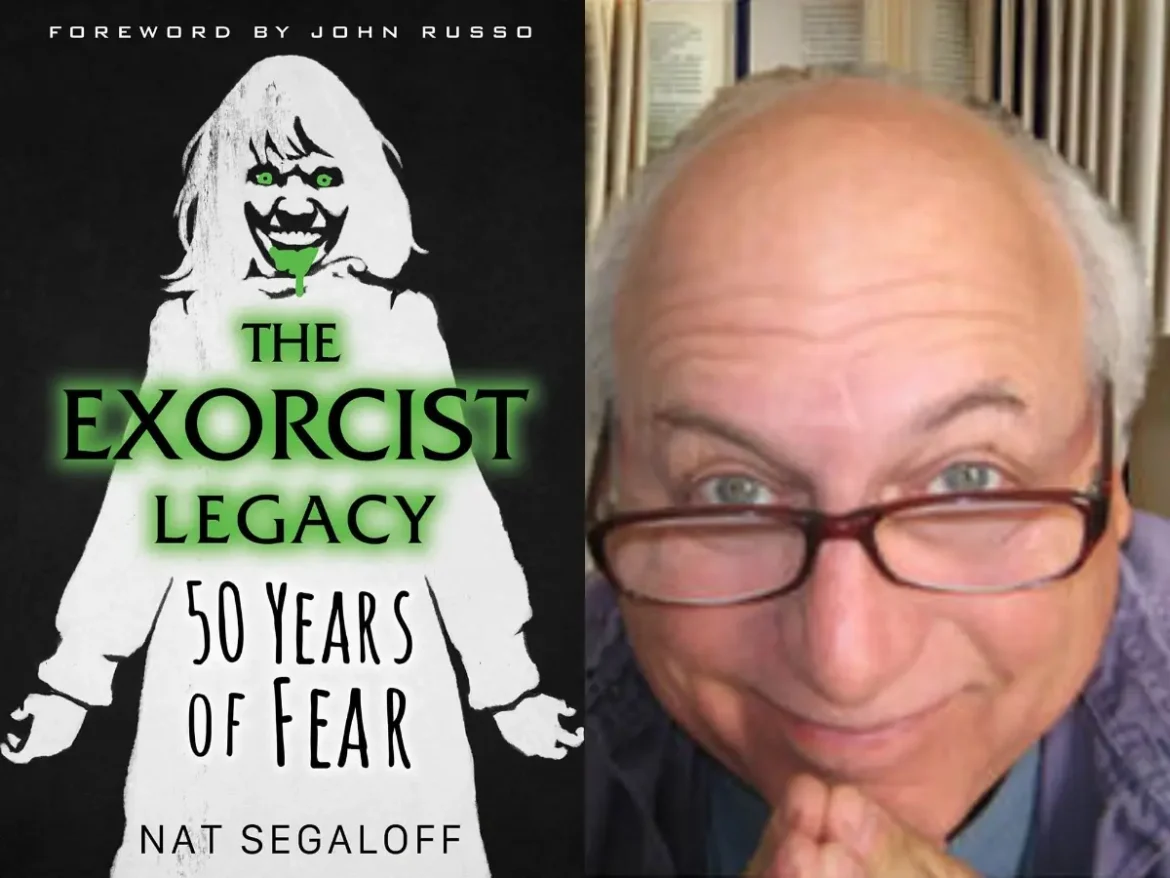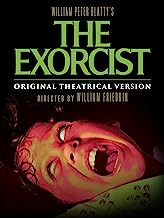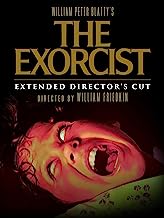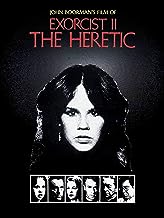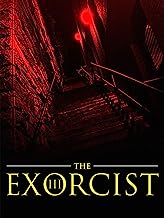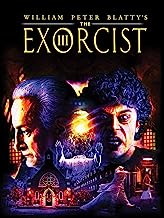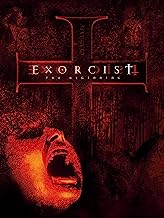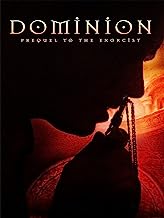Just in time to celebrate the 50th anniversary of the release of the film The Exorcist, and in time for the movie reboot, the first movie of a trilogy The Exorcist: Believer, due in October 2023, Nat Segaloff gives us The Exorcist Legacy, 50 Years of Fear, a true insider’s view of behind-the-scene facts, rumors and secrets about the classic novel and the making of the original movie and its progeny.
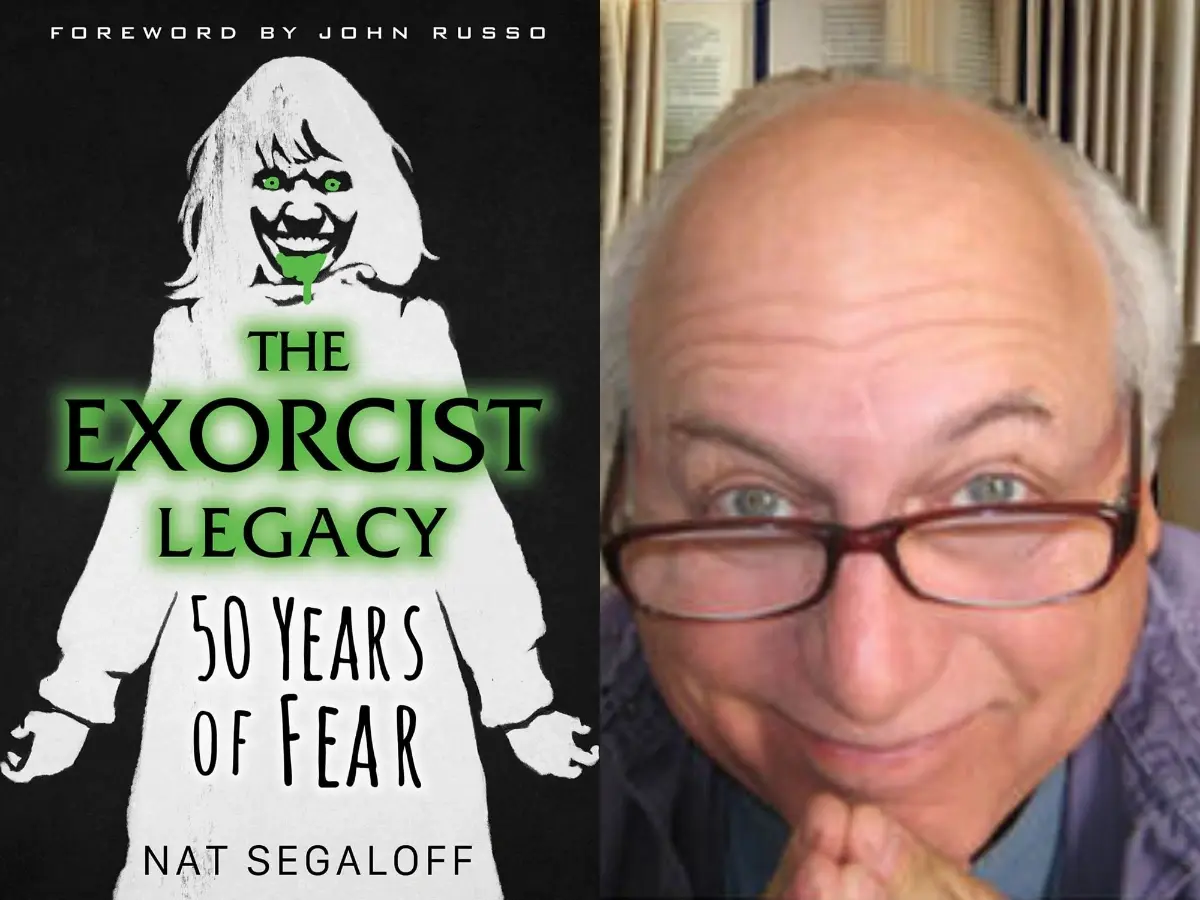
In This LitStack Review:
A Must-Buy For Fans Of The Movie & Of The Novel The Exorcist
Due for a publishing release date of July 25, 2023, Segaloff’s book is a must-buy if you’re a fan of movies and behind-the-scenes information. The book is authoritative, full of interesting stories and quotes, and even provides some secrets and little-known facts about the making of the movie, about its director and writer, and about its actors. Don’t hesitate to buy this book, it’s a quick read, very entertaining, and will satisfy your curiosity about the making of movies, and about the making of all the versions of The Exorcist, its sequels, prequels, and the upcoming trilogy.
Segaloff offers a full range of facts, dispelling some of the rumors, and confirming other facts. He provides a thorough examination of each of the four films, with the bulk spent on the original movie. A lot of the facts are supplied courtesy of Segaloff’s biographer-relationship with William Friedkin (the director of the original movie), as well as others from the movie, and the movie’s screenwriter (and the author of the novel) William Peter Blatty.
Segaloff was Friedkin’s biographer and had a close relationship with Friedkin and the majority of the book’s information carries an air of authority and authenticity. Much like the original novel, and the tone of the movie, Segaloff employs a reportorial style, citing from actual quotes by the director, writer, actors, producers and production staff who worked on the films. Segaloff was an original publicist for the movie.
As you read this book, there’s no doubt that Segaloff has the true facts and that his reporting is accurate. He asserts an authority over the subject matter and facts using a no-nonsense style, never overwriting or garnishing or letting the rhetoric stray into fantasy to hype the reader into a state. Segaloff sticks to facts, dispels rumors, and even provides you with insider knowledge about aspects of behind-the-scenes that you have not encountered before. He includes sidebars that provide synopses of the various versions of the films, and by doing so he provides the clearest map for readers who may desire to view and examine all the versions of the movie and its progeny.
Uh Oh! We’ve Lost Pazuzu
There are fascinating nuggets of information throughout. The statue of Pazuzu used in the film’s prologue was a replica of a statue in an Iraqi museum, was built in Hollywood and was shipped to Iraq but was lost in shipping, and was 3 weeks late. Fire burned down the set on a weekend. Relatives of actors and actresses died during filming. Linda Blair’s body double sued for screen credit, though she has very few screen appearances in the film, only readily identifiable in the projectile vomiting scene.
A separate actress was used for the infamous spider walk down the stairs, and one of the versions (the Director’s cut) contains even more of the spider walk scene than in the version you’ve never seen, apparently footage of Regan chasing Sharon, licking at her ankles with an engorged tongue, one of the standout moments in the novel. Mercedes McCambridge voiced the demon-possessed Regan, and sued for screen credit as well (and rightly so, because the sound of the demon is crucial to the movie’s fear factor).
There are 3 versions of the original movie. First, the original screened version released December 26, 1973, second, the Version You’ve Never Seen which was more of an author’s remake, and third, the Director’s cut released on DVD that was very close to the original cut of the movie (prerelease) which apparently has more of the spider walk sequence, though this writer has not viewed that version and cannot confirm this for certain.
This Is No Special Effect, This Is Really Happening!
Segaloff sings the praises of the director, and rightly so. Friedkin directed the movie with an eye towards making a movie that questioned faith through the prism of evil. He used special effects that were real-time, on the set special effects, to give the film a “real” or documentary feel. Segaloff makes sure you know that what you see in the movie is really happening on the set. No CGI was used because it was not invented yet, and there’s very little animation. Segaloff keenly points out that the result of Friedkin’s faith focus and his use of real-time in-scene effects is key to the movie’s lasting ability to frighten on multiple viewings.
The Version You’ve Never Seen, largely a version cut and edited by the author of the novel, William Peter Blatty, is, according to Segaloff, sometimes criticized because it adds CGI effects that are in stark contrast to the real-time in-scene special effects. The Blatty added CGI effects take the viewer out of the documentary realm, and give the movie a noticeable over-the-top horror feel.
The CGI effects included the face of Captain Howdy that appears on walls and on Regan’s face in the hypnosis scene, the pazuzu figure that appears in Regan’s bedroom, and the face of Mrs. Karras that appears over the window at the end. There is also the crucial scene on the stairs between Fathers Marren and Karris that explains Blatty’s (and eventually Friedkin’s) view of the movie’s theme. And, of course, Regan’s spider walk down the stairs.
No Academy Award for Vomiting
The film, Segaloff hints, was (apparently) blackballed by the Academy of Motion Picture Sciences. The film was nominated for 10 Oscars. They gave no special effects award that year because the Academy felt there were not enough movies with special effects. Huh? Did they see The Exorcist? Not to mention, Ellen Burstyn’s performance, nominated for Best Actress, was outstanding and central to the film and she should have won. William Peter Blatty won for Best Screenplay. The film also won an Oscar for sound. They denied William Friedkin a Best Director win, and the film lost Best Picture to a lesser film, The Sting. Talk about turning heads!
Segaloff’s book unfolds the tortured legacy of the work on the original film and its three progenies: two sequels and one prequel. You’re given a lot of detail about the progenies, how they were reshot, how three of the films have two or more versions each. Segaloff makes clear that the original team of Friedkin and Blatty were the backbone of the original film, and their work together made the film one of the great films.
The progeny suffered because these persons were not involved, except for Legion where Blatty was the director, but Segaloff provides all the details about how Blatty was forced to reshoot the majority of Legion to placate producers who wanted more gore and exorcism hijinks, and also wanted to include the then heavy drinker Jason Miller–the original Father Karris.
All said, Segaloff stands by his assertion that the original movie stands up well today and is a classic of modern horror. He admits the sequels are disappointing, though they each have noteworthy moments.
A Great Book About A Great Movie and Better Novel
This book is a great read and the best bet for coming to understand the making of the movie and some of the work that went into making it a great movie. The documentary style Segaloff uses is also employed in Blatty’s novel as well. Flat no-nonsense reportorial style lends a “you are there” feeling. It’s full of facts that come at you quickly and is well worth two reads to get a good grasp of the facts about all the Exorcist movies.
You’ll love this book if you are a fan of the movie and the original novel, and if you like to read about the behind-the-scenes machinations of great movies. There’s no doubt The Exorcist is one of the great movies, an examination of faith found through despair and evil, and it holds up very well. Segaloff’s book is a splendid companion to the movie and the original novel, and deserves a place on your bookshelf.
~ J.S. Hood
About Nat Segaloff, Author of The Exorcist Legacy
Nat Segaloff is a writer, broadcaster, teacher, film historian, and raconteur with a varied background in motion picture publicity, journalism, producing, and covering up other people’s mistakes. Having begun his career during the exciting transition between the old studios and the film generation of the New Hollywood, he provides both perspective and commentary on a wide range of subjects, many of them having to do with movies. He also tries to return phone calls.
Other Books By Nat Segaloff
Books By William Peter Blatty
Other LitStack Resources
Be sure and check out other LitStack Reviews that provide in-depth critical examination of books you should read. Also, read this quick review of the novel The Exorcist and four other scary novels from the 1970s.
As a Bookshop, Amazon affiliate, LitStack may earn a commission at no cost to you when you purchase products through our affiliate links.

